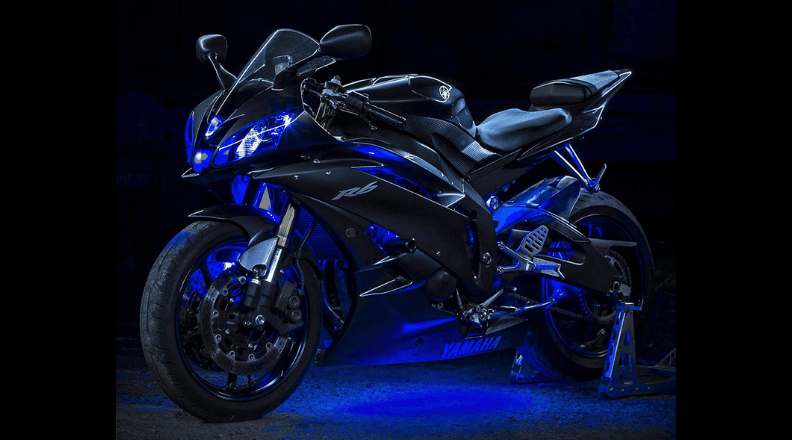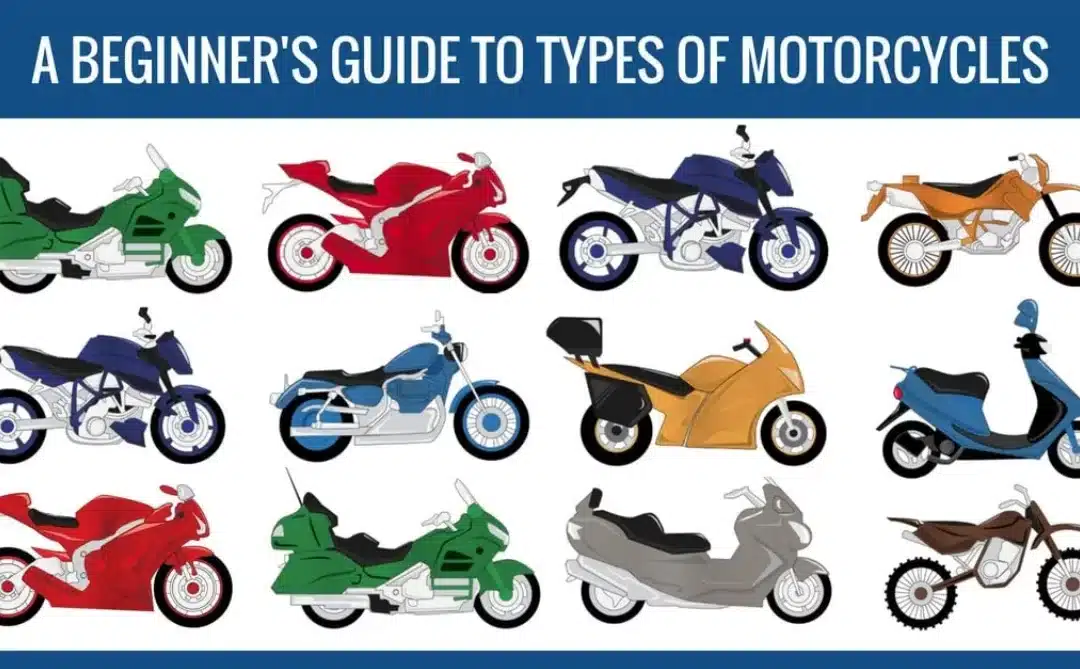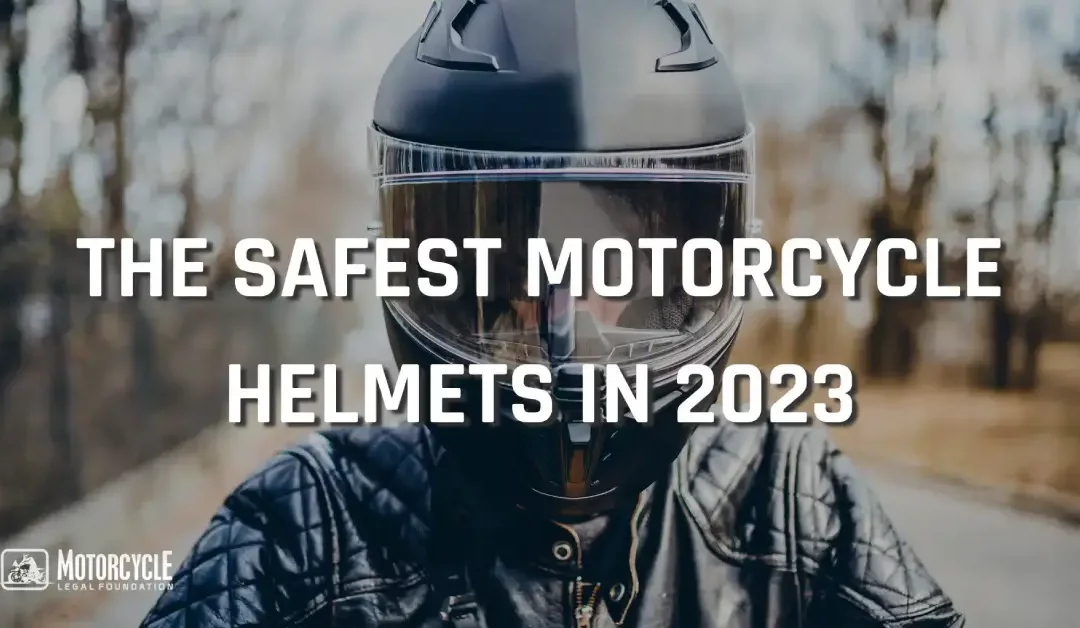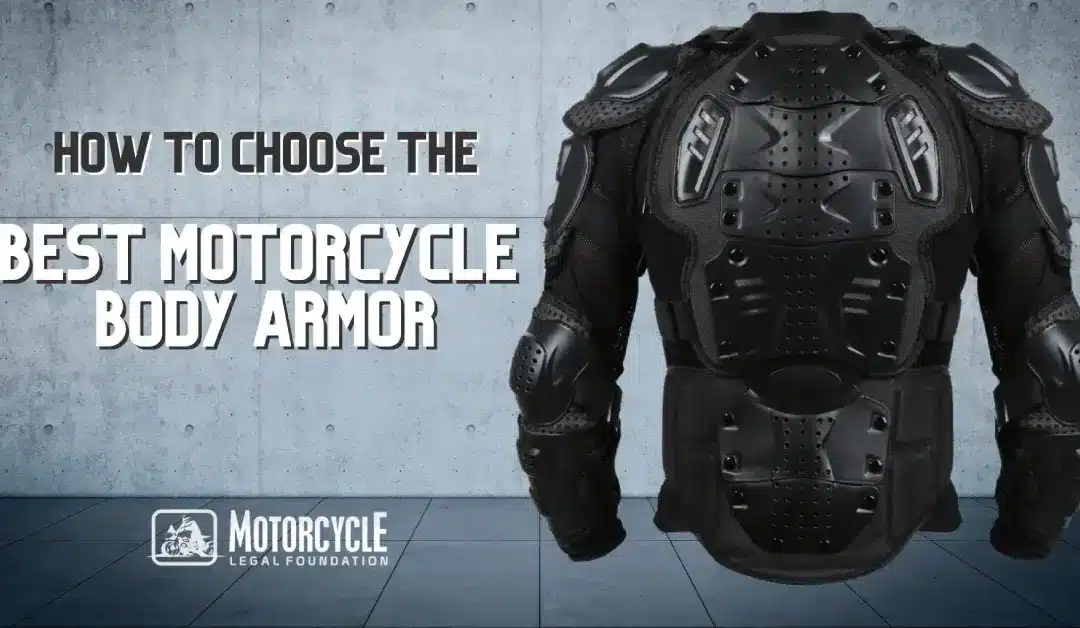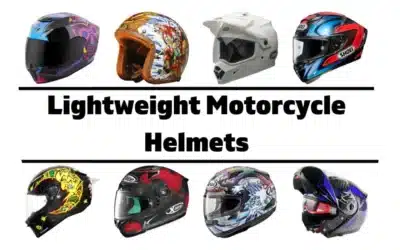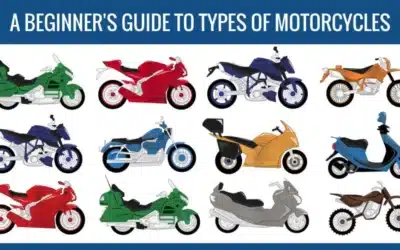Unless it has been customized by a previous owner, the basic lighting package required to satisfy state motorcycle laws that you get when you buy a new or used motorcycle generally includes a headlight along with taillights that double as brake lights. It may include blinkers or directional lights mounted on the front and rear of the frame. Both the headlamp and taillights remain on at all times as soon as you turn the key to start the engine.
Let’s be honest, the basic lighting package, which may include up to two headlamps, satisfies safety requirements, but it does nothing to make your motorcycle stand out from the rest of the pack. For that, you need to consider customizing your motorcycle with motorcycle wheel lights or, for an even more adventurous touch, motorcycle under-glow lights.
Not only does LED lighting make your bike look better, but it also helps to make it more visible when riding at night. LED lights also help bring attention to you when riding during daytime hours on rainy and overcast days when other drivers may have difficulty seeing your motorcycle.
The challenge you face when using LED lighting to customize your ride is to remain in compliance with state laws. Laws tend to be very restrictive about what you can and cannot do with the lighting in part because of a concern about it becoming a distraction and safety hazard for other drivers.
LED lighting available to enhance the appearance of your motorcycle comes in a variety of styles and colors. For example, motorcycle under-glow lights are designed to be mounted in such a way as to illuminate the ground and come in a variety of colors. They offer a way to make your motorcycle stand out, but their use other than when your motorcycle is parked violates the law in many states that consider such lighting to be a distraction to other motorists.
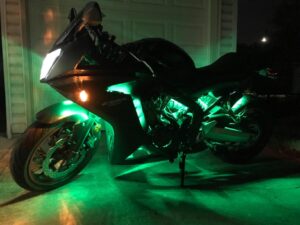
Motorcycle wheel lights do just as their name implies. They come in a number of different types, including rotor covers, rim accent lighting, and fork-mounted accent lights. Perhaps because they make a motorcycle more visible rather than merely serve a decorative purpose, state laws appear to be more tolerant of motorcycle wheel lights than they are of under-glow lighting. However, you must be careful about the colors that you use because reds and blues may be prohibited in states where you ride.
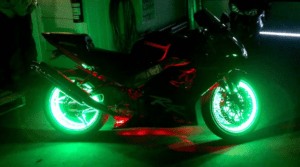
To help you make your motorcycle stand out while avoiding unwanted attention from local law enforcement, we present this state-by-state guide to LED lighting for your motorcycle. Use it to learn more about how to use LED lighting to customize yours.
Motorcycle Parts for All Makes and Models
Everything from basic to high-end. Motorcycle parts that will fit your bike and budget.
Motorcycle Wheel Lights Laws
Each state has its own laws controlling the operation of motorcycles owned by residents or operated by folks visiting from other states. These laws make some equipment, such as a headlamp and tail/brake lights mandatory, and prohibit the use of other types of equipment, such as flashing red or blue lights. You need to know the law in your home state as well as in any states you may ride through when traveling.
Keep in mind that state laws, particularly those that govern the operation of motorcycles and other types of motor vehicles, frequently change. Make that your motorcycle complies with the most current law. Based on our research, we compiled the following list of motorcycle wheel lights laws for each state:
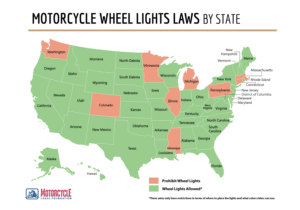
- Alabama: The state does not specifically prohibit the use of LED lighting, including neon under-glow lighting, but it does ban the use of red lights visible from the front of the motorcycle and flashing lights. The license plate must be illuminated by a white light.
- Alaska: The law does not prohibit aftermarket lighting, including neon under-glow lights and wheel lights, but under-carriage lighting can only be white in front, amber on the sides, and red that is only visible from the rear. It does, however, prohibit blue lights, flashing lights, and red lights visible from the front of the motorcycle. License plate lights must be white.
- Arizona: Wheel lights and under-glow lighting are not specifically prohibited, but you cannot have flashing lights, and lighting visible from the front of the motorcycle must be amber or white. Lighting visible from the rear of the vehicle must be red. License plate lights must be white.
- Arkansas: Under-glow lighting may be installed on your motorcycle, but you cannot turn it on while the bike is in motion. Its use is only permitted when the bike is parked.
- California: Although under-glow lighting is not prohibited, you cannot use red lights that are visible from the front of the motorcycle. Blue lights are prohibited.
- Colorado: Under-glow lighting and the addition of after-market lighting that is blue, red, or green cannot be installed.
- Connecticut: The laws generally prohibit the installation of LED aftermarket lighting effects.
- Delaware: The ban on under-glow lighting was lifted in 2017.
- Florida: The state appears to have a very lenient policy regarding the installation of aftermarket lighting kits on your motorcycle, but you cannot have red or blue lights that can be seen from the front of the motorcycle.
- Georgia: Other than prohibiting blue lights, the state does not limit other types of lighting effects on motorcycles.
- Hawaii: Other than reserving the use of blue lights for law enforcement vehicles, the state does not restrict aftermarket lighting on motorcycles.
- Idaho: You may install aftermarket lighting provided it does not include red lights that are visible from the front of the bike and blue lights. Red is the only color that may be visible from the rear and license-plate lights must be white.
- Illinois: State law restricts the use of lights on a motorcycle to at least one headlight that must be white in color and visible for at least 500 feet to the front of the vehicle. Rear taillights must be red and visible only from the rear. The law effectively prohibits the use of LED under-glow lighting.
- Indiana: The law prohibits flashing lights, other than used when a vehicle pulls to the side of a road in an emergency. It does not, however, specifically prohibit the use of LED decorative lighting kits.
- Iowa: Nothing in the law specifically prohibits decorative LED lighting on motorcycles, but the use of red lights, other than for taillights, or blue lights must be avoided.
- Kansas: Ground-effect lighting is permitted provided it does not flash and red is limited to rear-facing taillights or brake lights. LED bulbs or neon tubing used for decorative lighting must not be visible.
- Kentucky: Decorative lighting appears to be permitted provided it does not include non-emergency flashing or rotating lights, blue lights, or red lights visible anywhere other than from the rear of the motorcycle.
- Louisiana: Decorative lighting is not prohibited, but you must avoid blue or flashing lights that could be confused with police or official emergency vehicles.
- Maine: State law does not specifically prohibit neon or LED lighting, but you need to follow strict guidelines. For example, lighting on the front of a motorcycle must be white or amber in color, side lighting must be amber, and rear lights must be red or amber.
- Maryland: The law does not specifically prohibit neon and LED lighting effects, but you need to comply with state regulations that include limiting the intensity of headlights to 3770 lumens or 300 candlepower unless adjusted with the beam extending no more than 75 feet ahead of the vehicle. Red- or blue-colored lighting visible toward the front of the vehicle is prohibited. Taillights must be read, but brake lights and directional signals may be red, amber, or yellow.
- Massachusetts: Aftermarket neon and LED decorative lighting and the use of blue or flashing lights are prohibited without a special permit.
- Michigan: State law prohibits the use of under-glow lighting and other forms of decorative lighting while a motorcycle is being operated on public roads and adjacent rights of way.
- Minnesota: The law prohibits the use of decorative neon and LED lighting, which would include under-glow lighting effects.
- Mississippi: Other than prohibiting the use of blue lights and restricting the use of red lights to the rear of a motorcycle, the state does not prohibit decorative lighting.
- Missouri: As a general rule, decorative lighting is allowed, but red-colored lighting must be limited to the rear of the vehicle. License plates must be illuminated with white light, and you cannot install flashing lights.
- Montana: Decorative lighting is permitted with the following restrictions: Red lights cannot be visible from the front of a motorcycle; no flashing, pulsating, or rotating lights other than for hazard lights; and blue-colored lighting is reserved for law enforcement and emergency vehicles.
- Nebraska: The law does not specifically prohibit the use of decorative lighting, but it limits the use of red or green lights to the rear of a motorcycle and prohibits rotating or flashing lights. The use of red, green, blue, and purple lights that could be confused with emergency vehicles should be avoided.
- Nevada: The law limits forward-visible lighting to amber and only red lights may be visible to the rear of a motorcycle.
- New Hampshire: Other than restricting blue lights to law enforcement use and red to the rear of a motorcycle, the state does not restrict neon or LED lighting effects.
- New Jersey: Under-glow and other decorative lights are permitted, but only white or amber lights may be visible from the front and sides of a motorcycle. Red lights may only be visible from the rear and flashing or rotating lighting is prohibited.
- New Mexico: The state does not limit the use of decorative lighting, but red lights must be visible only from the rear and flashing lights are prohibited.
- New York: The state restricts the colors of lights that may be displayed on vehicles, including a prohibition on the use of blue lights. If you live or plan to ride in New York, check with the motor vehicle’s office or local police before adding or displaying decorative lights to ensure they comply with the law.
- North Carolina: The law prohibits blue-colored lights, and red lighting is limited to taillights and brake lights.
- North Dakota: The law does not limit or restrict decorative lighting.
- Ohio: Under-glow and other decorative lighting are allowed provided the lights do not flash, rotate or impair the vision of other drivers.
- Oklahoma: Neon and LED lighting seem to be legal as long as you avoid the use of blue lights.
- Oregon: Decorative lighting is not specifically regulated, but you cannot use blue-colored lights, red lights must be visible from the rear only, and flashing lights must be avoided.
- Pennsylvania: Ornamental lighting, which would include under-glow and other types of lighting effects are not legal in the state.
- Rhode Island: Decorative lighting is permitted, but red lights may only be visible from the rear of the vehicle and flashing lights are prohibited.
- South Carolina: Other than restricting the use of blue or red lights, decorative lighting is not regulated by the state.
- South Dakota: The state does not regulate aftermarket lighting on motorcycles but stays away from using blue lights to avoid confusion with police vehicles.
- Tennessee: The state does not regulate decorative lighting, but it does prohibit flashing lights, blue lights, and red lights except for taillights.
- Texas: State law allows under-glow lighting that does not flash as long as you stick with white or amber.
- Utah: Neon and LED lighting is allowed as long as you avoid blue or red lights that are visible from the front of the motorcycle.
- Vermont: The state does not regulate aftermarket lighting.
- Virginia: The only restriction on lighting is a prohibition on flashing red, white, or blue lights.
- Washington: The law prohibits the use of under-glow lighting except when a motorcycle is parked on private property. It also prohibits the use of flashing or rotating lights and the use of blue lights. Red lights may only be visible from the rear of a vehicle.
- West Virginia: The law allows lighting using standard bulbs or LED pods or strips providing they do not blink, flash or oscillate.
- Wisconsin: Decorative lights are not illegal, but you cannot use red lights except facing to the rear, only white or amber in front, and no blue lights.
- Wyoming: The only lighting restriction is that red or blue lights may not be visible from the front of the vehicle.
Staying away from the use of red lights on the front of a motorcycle and blue lights, in general, is a safe bet regardless of where you ride your motorcycle.
What You Need to Know Before Buying Under-Glow Lighting
If you decide to add accent lighting to your motorcycle, you have a number of types and price ranges from which to choose; but two of the most popular types are pod lights and strip lights.
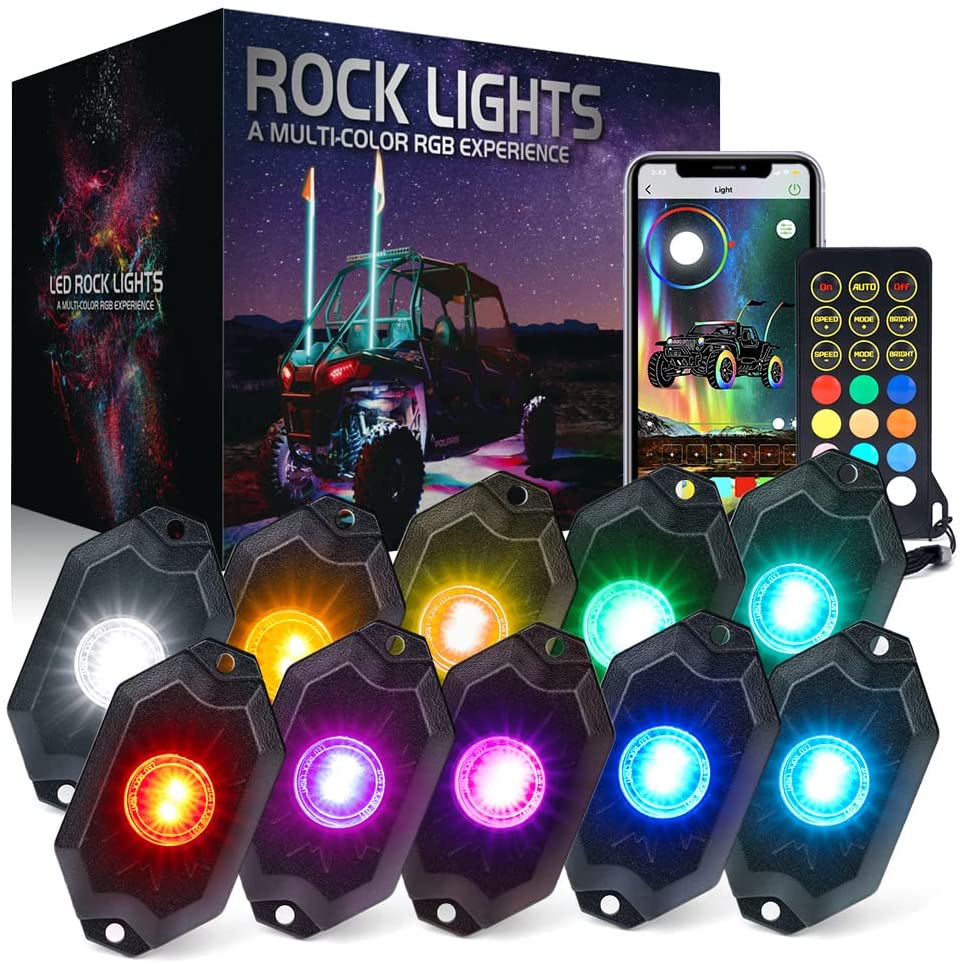
Pod lights are small fixtures containing multiple LED bulbs within them while light strips have LED lights attached to a long flat or rope-like backing.
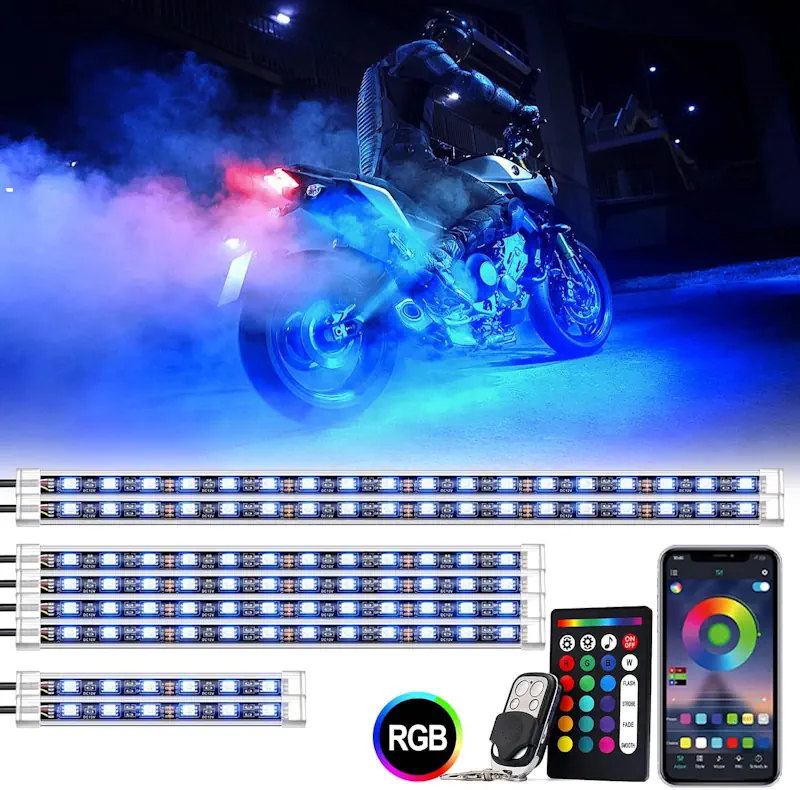
Light strips are easier to conform to the contours of a motorcycle frame, so they may offer you more options for creating unique designs.
Gear Up with New Arrivals
Cooler days are coming. Big savings on high-end motorcycle apparel.
Regardless of the type of under-glow motorcycle lighting, you select, some factors to keep in mind include:
- You may pay more for quality, but the brightness and color accuracy of more expensive, higher quality lights pays off in the long run over cheaper sets that simply do not look as good or stand up to the elements.
- Cheaper lights usually have inferior adhesive backings, which can peel off and leave you with a motorcycle that looks like a mess rather than a showpiece.
- Avoid lighting that is not waterproof. Even if you do not ride in the rain, avoiding wet roads and puddles is next to impossible.
- Look for light kits that have a fuse. A short circuit may cause overheating and a risk of a fire.
- Steer clear of lighting that changes color. Changing the colors requires the use of a small transmitter that you carry on a key fob or in your pocket. If something goes wrong with the transmitter, you may be left with lights that you either cannot use or cannot control. Besides, some colors, such as blue, are banned in most states.
As with tinted motorcycle visors, motorcycle under-glow lighting and motorcycle wheel lights are great features provided you do the research and know the laws that govern their use.

